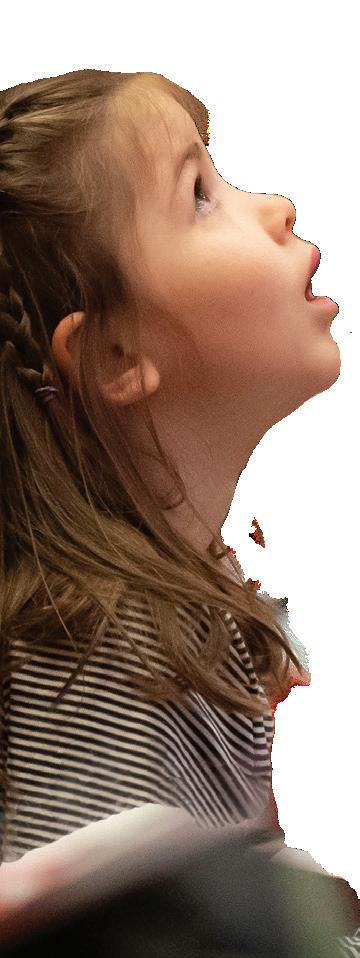Wav es
*answers on page 6
ACROSS*
3 a body of water completely surrounded by land
5 a group of notes played one after another the bodies of water that cover 70% of the Earth’s surface
8 a flowing body of water that empties into a sea or ocean
DOWN*
1 frozen bodies of water
2 a person who writes music
4 a group of notes that make a tune
6 a member of the brass family
3
2 1 3 6 8
As you listen to Das Rheingold by Richard Wagner, notice that it starts with a single note, just like the beginning of life on Earth.

In Tchaikovsky’s Waltz from Sleeping Beauty, you can really hear the waves of sound washing over you. Listen as the music changes and flows, moves up and down and creates all kinds of shapes, just like water.
After a few billion years, the oceans begin to teem with fish. The Aquarium, by Camille Saint-Saëns, gracefully portrays schools of fish swimming in the ocean by using two pianos playing running arpeggios, while the flute sings the melody.
Just as the ocean continues to evolve today, the same is true for music. Today, Symphony No. 1 sounds different than its first performance because Jean Sibelius, the composer, revised it. You could say he had an evolution in his thinking.
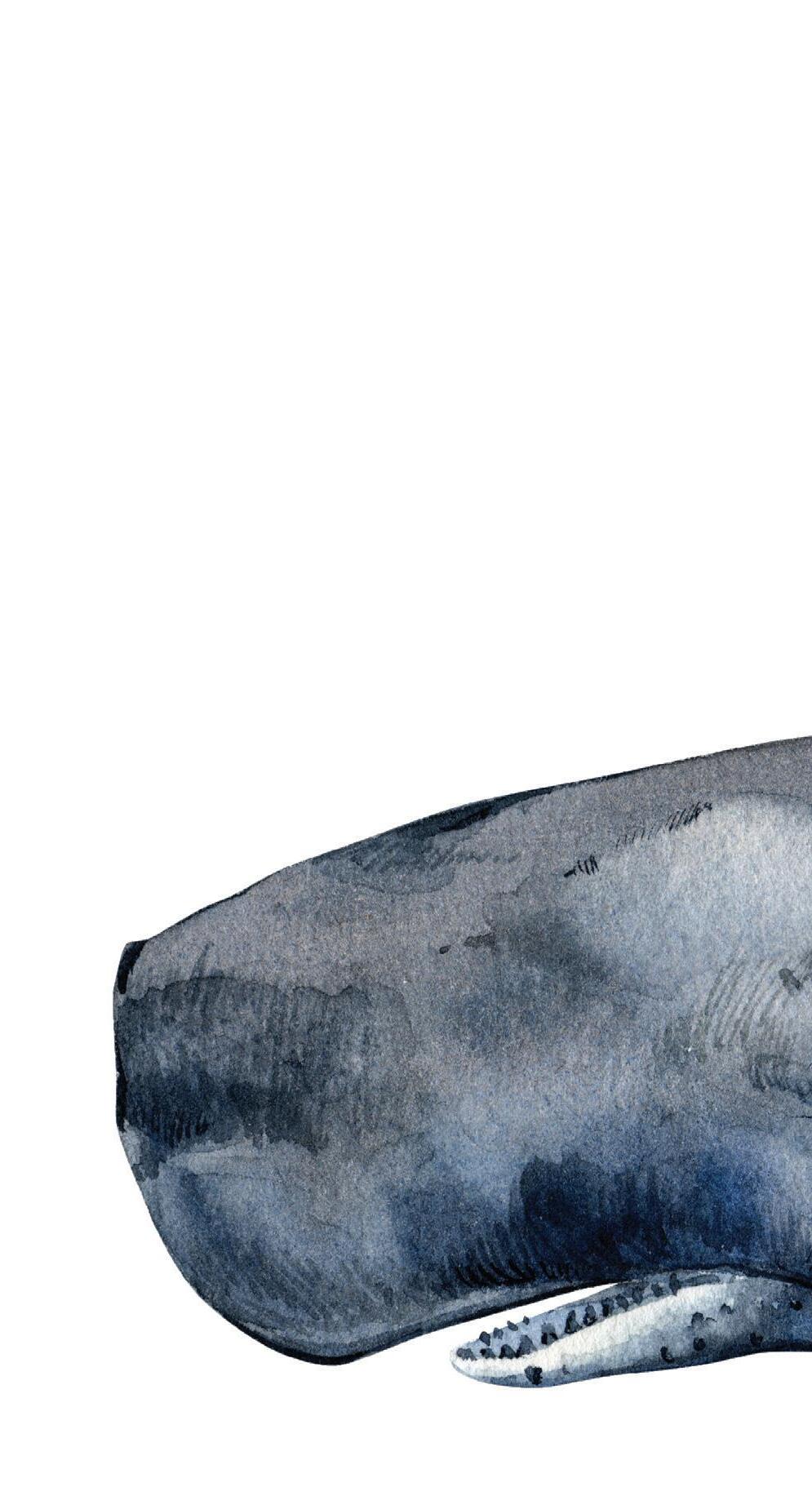
CSO for Kids: SOUND WAVES 4
We used to think that water was only found on Earth, but NASA’s Rover discovered that there was once water on Mars. Think about where else water might be found in the universe as you listen to Mars by Gustav Holst.

Music and water both have moods and emotions. In fact, Felix Mendelssohn was so moved when he saw Scotland’s Hebrides Islands that he immediately wrote the opening theme to The Hebrides Overture. Do you hear the furious ocean waves crashing into the cave?
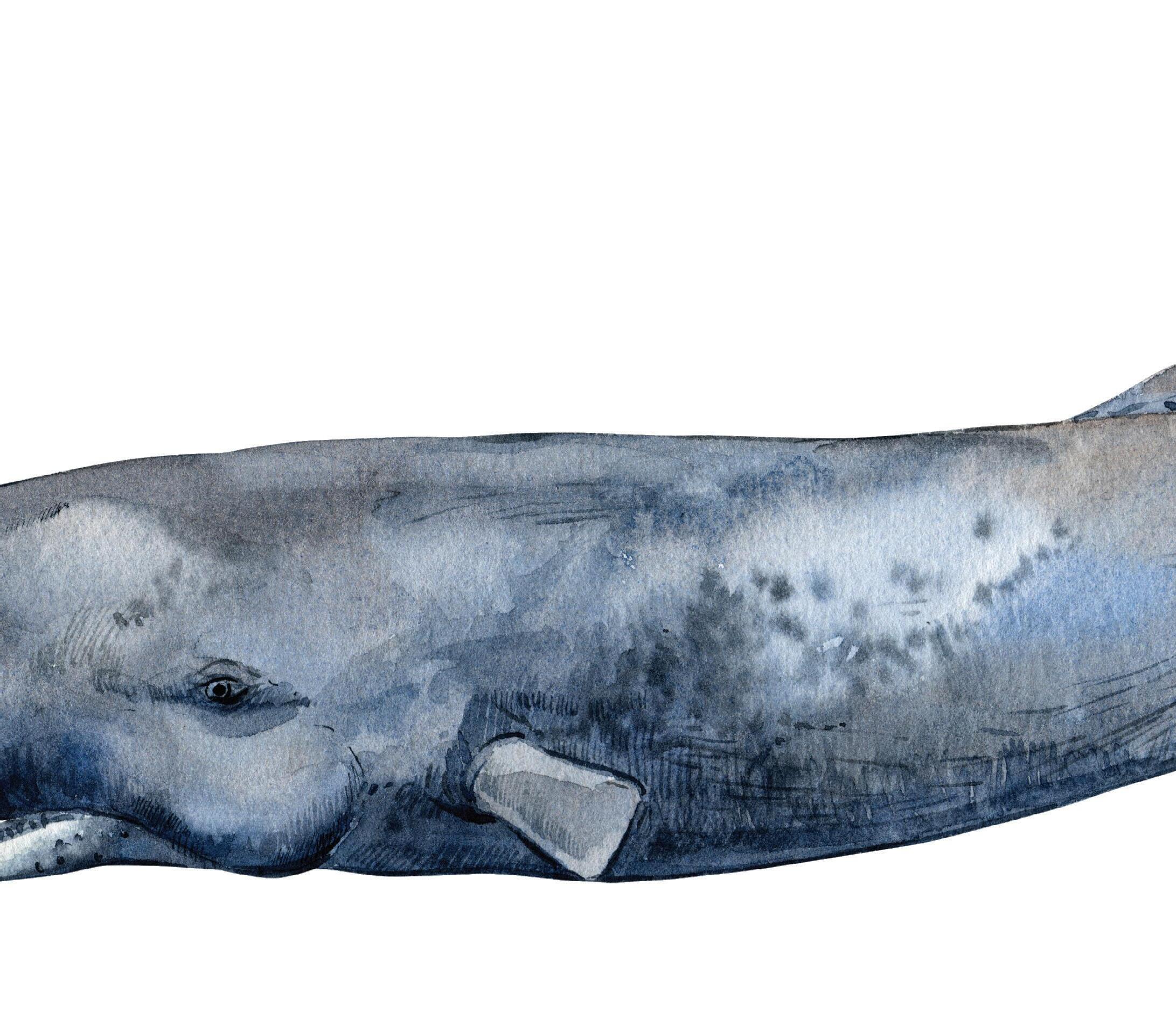
Bodies of water can take many forms, and The Moldau, by Bedřich Smetana, is about a river in the Czech Republic. This music flows and changes and takes us on a magical journey down the river.
Jared Miller composed Under Sea, Above Sky as an ode to planet Earth. Inspired by the songs whales sing to communicate with each other, Miller uses the instruments of the orchestra to represent these majestic animals.
5
Life as we know it would not exist without water, and The Firebird, by Igor Stravinsky, beautifully captures the importance of this unique natural resource. Listen as the piece begins with a single note played by the horn. Then, the flute, the strings and the brass join in until the orchestra creates a sound wave that unites us all together like single drops of water in the vast ocean.

Meet the

tania miller
Tania Miller is music director emerita of the Victoria Symphony in Victoria, British Columbia, Canada, and was recently named interim principal conductor of the Rhode Island Philharmonic Orchestra.
Tania has appeared as a guest conductor in Canada, the United States and Europe with such orchestras as the Toronto Symphony, Seattle Symphony and Bern Symphony Orchestra (Switzerland), among many others.
Raised in Saskatchewan, Canada, Tania began studying piano and organ at age 8. She became the organist and choir conductor at her church when she was 13.
As associate conductor of the Victoria Symphony, Tania was the first woman appointed to lead such an orchestra.
ANSWERS FOR PAGE 3: 1-
Glaciers, 2-Composer, 3-Lake, 4-Melody, 5-Arpeggio, 6-Horn, 7-Oceans, 8-River
CSO for Kids: SOUND WAVES 6
Chicago Symphony Orchestra
Klaus Mäkelä Zell Music Director Designate • Riccardo Muti Music Director Emeritus for Life
Jessie Montgomery Mead Composer-in-Residence • Hilary Hahn Artist-in-Residence
violins
Robert Chen Concertmaster
The Louis C. Sudler Chair, endowed by an anonymous benefactor
Stephanie Jeong Associate Concertmaster
The Cathy and Bill Osborn Chair
David Taylor Assistant Concertmaster*
The Ling Z. and Michael C. Markovitz Chair
Yuan-Qing Yu Assistant Concertmaster ‡
So Young Bae
Cornelius Chiu
Gina DiBello
Kozue Funakoshi
Russell Hershow
Qing Hou
Matous Michal
Simon Michal
Sando Shia
Susan Synnestvedt
Rong-Yan Tang
Baird Dodge Principal
Danny Yehun Jin Assistant Principal
Lei Hou
Ni Mei
Hermine Gagné
Rachel Goldstein
Mihaela Ionescu
Sylvia Kim Kilcullen
Melanie Kupchynsky
Wendy Koons Meir
Joyce Noh
Nancy Park
Ronald Satkiewicz
Florence Schwartz
violas
Catherine Brubaker
Youming Chen
Sunghee Choi
Wei-Ting Kuo
Danny Lai
Weijing Michal
Diane Mues
Lawrence Neuman
Max Raimi
cellos
John Sharp Principal
The Eloise W. Martin Chair
Kenneth Olsen Assistant Principal §
The Adele Gidwitz Chair
Karen Basrak
The Joseph A. and Cecile
Renaud Gorno Chair
Loren Brown ‡
Richard Hirschl
Daniel Katz
Katinka Kleijn
Brant Taylor
basses
Alexander Hanna Principal
The David and Mary Winton
Green Principal Bass Chair
Alexander Horton Assistant Principal
Daniel Carson
Ian Hallas
Robert Kassinger
Mark Kraemer
Stephen Lester
Bradley Opland
Andrew Sommer harp
Lynne Turner
flutes
Stefán Ragnar Höskuldsson Principal
The Erika and Dietrich M.
Gross Principal Flute Chair
Yevgeny Faniuk Assistant Principal
Emma Gerstein
Jennifer Gunn
piccolo
Jennifer Gunn
The Dora and John Aalbregtse
Piccolo Chair
oboes
William Welter Principal
The Nancy and Larry Fuller
Principal Oboe Chair
Lora Schaefer Assistant Principal
Scott Hostetler
english horn
Scott Hostetler
clarinets
Stephen Williamson Principal
John Bruce Yeh Assistant Principal
Gregory Smith
e-flat clarinet
John Bruce Yeh
bassoons
Keith Buncke Principal
William Buchman Assistant Principal
Miles Maner
horns
Mark Almond Principal
James Smelser
David Griffin
Oto Carrillo
Susanna Gaunt
Daniel Gingrich
trumpets
Esteban Batallán Principal
The Adolph Herseth Principal Trumpet Chair, endowed by an anonymous benefactor
Mark Ridenour Assistant Principal
John Hagstrom
The Bleck Family Chair
Tage Larsen
The Pritzker Military Museum & Library Chair
trombones
Jay Friedman Principal
The Lisa and Paul Wiggin
Principal Trombone Chair
Michael Mulcahy
Charles Vernon
bass trombone
Charles Vernon
tuba
Gene Pokorny Principal
The Arnold Jacobs Principal Tuba Chair, endowed by Christine Querfeld
timpani
David Herbert Principal
The Clinton Family Fund Chair
Vadim Karpinos Assistant Principal
percussion
Cynthia Yeh Principal
Patricia Dash
Vadim Karpinos
James Ross
librarians
Justin Vibbard Principal
Carole Keller
Mark Swanson
cso fellows
Gabriela Lara Violin
The Michael and Kathleen Elliott Fellow
Jesús Linárez Violin
Olivia Reyes Bass
orchestra personnel
John Deverman Director
Anne MacQuarrie Manager, CSO Auditions and Orchestra Personnel
stage technicians
Christopher Lewis Stage Manager
Blair Carlson
Paul Christopher
Ryan Hartge
Peter Landry
Joshua Mondie
Todd Snick
* Assistant concertmasters are listed by seniority. ‡ On sabbatical § On leave
The CSO’s music director position is endowed in perpetuity by a generous gift from the Zell Family Foundation.
The Paul Hindemith Principal Viola, Gilchrist Foundation, and Louise H. Benton Wagner chairs currently are unoccupied.
The Chicago Symphony Orchestra string sections utilize revolving seating. Players behind the first desk (first two desks in the violins) change seats systematically every two weeks and are listed alphabetically. Section percussionists also are listed alphabetically.
INSTRUMENTS OF THE ORCHESTRA
THE STRING FAMILY includes violin, viola, cello, bass and harp. These instruments are made of wood and strings and are played by vibrating the strings using a bow, or plucking or striking the strings with the fingers.
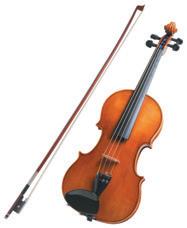
Violin
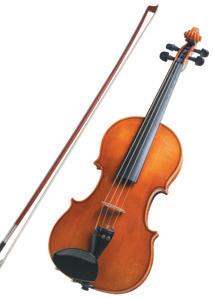
Viola
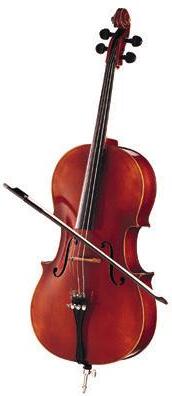
Cello
THE WOODWIND FAMILY includes flute, oboe, clarinet, bassoon and saxophone. These instruments all have the same basic shape: a long tube with a mouthpiece at one end. The flute is played by blowing across a mouthpiece to create a vibration. Oboe, clarinet, bassoon and saxophone are all played by blowing air into a single or double reed attached to the mouthpiece, creating a vibration that results in sound.
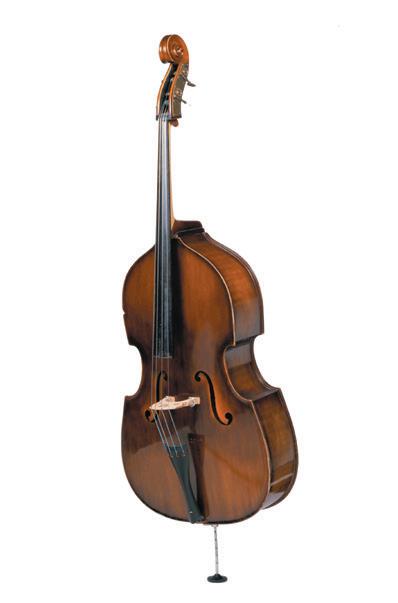
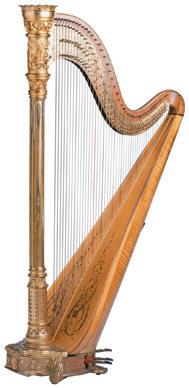
Bass Harp


Oboe


Clarinet
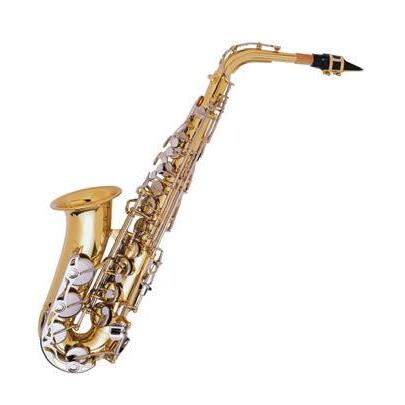
THE BRASS FAMILY includes horn, trumpet, trombone, euphonium and tuba. Brass instruments make a sound when the players vibrate their lips inside a mouthpiece, which is fitted into the instrument. The players can change pitch on a trumpet, horn or tuba by pressing on valves. Trombone players change pitch by moving the slide back and forth.
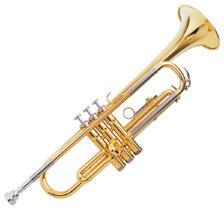
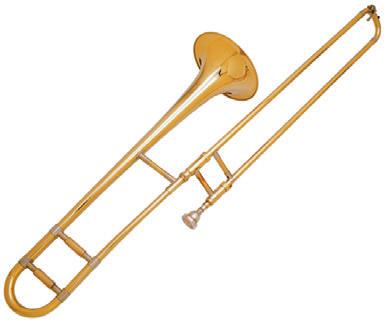
Flute Trombone
Bassoon
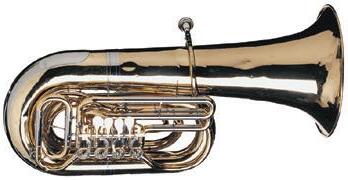

Saxophone Tuba Horn
THE PERCUSSION FAMILY includes snare drum, bass drum, gong, triangle, xylophone, timpani and piano, among many others. Percussion instruments are struck, scraped or shaken.

Timpani
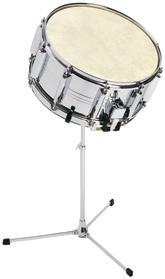

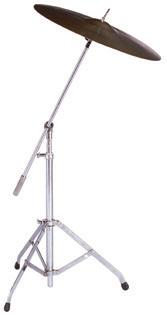
Snare Drum Xylophone Cymbal
Support for Chicago Symphony Orchestra Association programming for children and families is provided by Abbott Fund, John D. and Leslie Henner Burns, John Hart and Carol Prins, JPMorgan Chase & Co., Kinder Morgan, The Negaunee Foundation, PNC, Courtney Shea, Megan and Steve Shebik, Michael and Linda Simon, the Walter and Caroline Sueske Charitable Trust and an anonymous family foundation.

Piano
Youth Education Program Sponsor
CSO for Kids concerts and CPS Partnerships Corporate Sponsor
Kidsbook© is a publication of the Negaunee Music Institute. For more information, call 312-294-3410 or email institute@cso.org.
Content for Kidsbook was created by Katy Clusen with graphic design by Shawn Sheehy.


